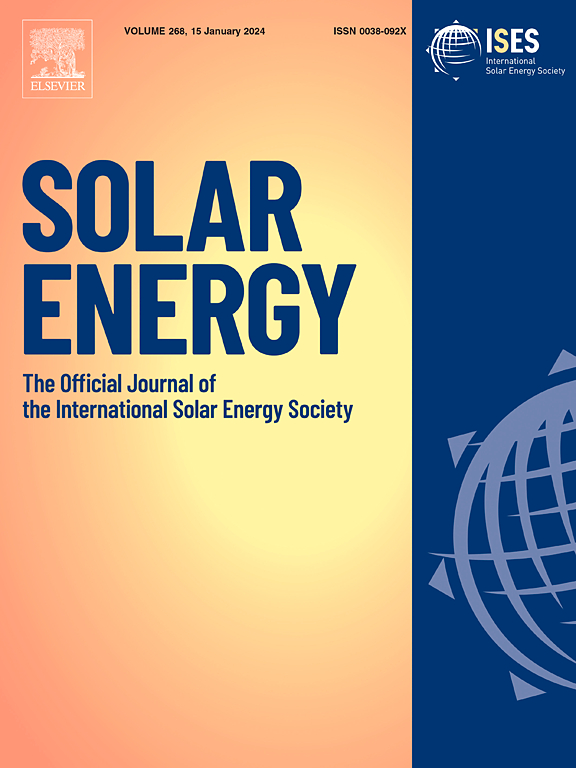TiO2/MoS2-rGO composite Photoanodes: A Path to improved electron transport and photovoltaic efficiency in Dye-Sensitized solar cells
IF 6
2区 工程技术
Q2 ENERGY & FUELS
引用次数: 0
Abstract
Improving the efficiency and viability of dye-sensitized solar cells (DSSCs) depends largely on addressing the material limitations of key components. Titanium dioxide (TiO2) is widely regarded as the best-performing semiconductor for DSSC photoanodes, yet its binary composition imposes constraints that prevent DSSCs from achieving their full potential. In this study, we demonstrate that incorporating two-dimensional (2D) materials into TiO2 in the form of a nanocomposite significantly enhances its performance. Specifically, we investigate the application of a TiO2/MoS2-rGO nanocomposite as a photoanode material in DSSCs. While this composite has previously shown promise as an electrode material for supercapacitors and batteries, we reveal its substantial potential for DSSCs, particularly in improving the charge transport properties of bare TiO2 through the addition of MoS2 nanosheets, and enhancing porosity by introducing rGO into its lattice. Our results show an impressive 41% increase in efficiency, from 6.6% for pure TiO2-based DSSCs to 9.3% for DSSCs incorporating the TiO2/MoS2-rGO photoanode. Comprehensive studies and analyses were conducted to explore various aspects of the material and device, establishing TiO2/MoS2-rGO as a promising alternative to bare TiO2 in DSSCs.
TiO2/MoS2-rGO复合光阳极:染料敏化太阳能电池中提高电子传递和光伏效率的途径
提高染料敏化太阳能电池(DSSCs)的效率和可行性在很大程度上取决于解决关键部件的材料限制。二氧化钛(TiO2)被广泛认为是DSSC光阳极中性能最好的半导体,但其二元成分施加了限制,阻碍了DSSC充分发挥其潜力。在这项研究中,我们证明了将二维(2D)材料以纳米复合材料的形式加入TiO2中可以显著提高其性能。具体来说,我们研究了TiO2/MoS2-rGO纳米复合材料作为光阳极材料在DSSCs中的应用。虽然这种复合材料之前已经显示出作为超级电容器和电池电极材料的前景,但我们揭示了它在DSSCs方面的巨大潜力,特别是通过添加MoS2纳米片来改善裸TiO2的电荷传输性能,并通过在其晶格中引入还原氧化石墨烯来提高孔隙率。我们的研究结果显示,效率提高了41%,从纯TiO2基DSSCs的6.6%提高到含有TiO2/MoS2-rGO光阳极的DSSCs的9.3%。对材料和器件的各个方面进行了全面的研究和分析,确定了TiO2/MoS2-rGO是DSSCs中裸TiO2的有前途的替代品。
本文章由计算机程序翻译,如有差异,请以英文原文为准。
求助全文
约1分钟内获得全文
求助全文
来源期刊

Solar Energy
工程技术-能源与燃料
CiteScore
13.90
自引率
9.00%
发文量
0
审稿时长
47 days
期刊介绍:
Solar Energy welcomes manuscripts presenting information not previously published in journals on any aspect of solar energy research, development, application, measurement or policy. The term "solar energy" in this context includes the indirect uses such as wind energy and biomass
 求助内容:
求助内容: 应助结果提醒方式:
应助结果提醒方式:


